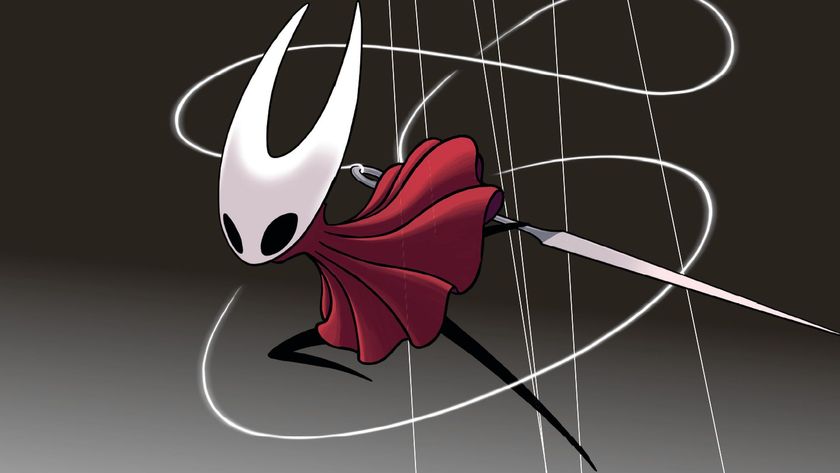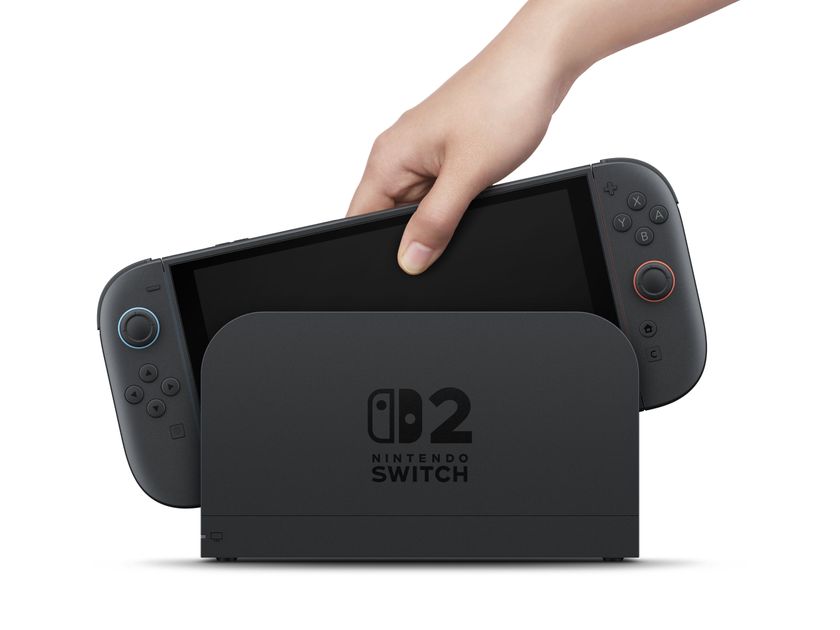Why the cluck are chickens such cocks in video games? Discovering the science behind the age old question
Meet the academics trying to understand why players have such problematic relationships with the video game chicken
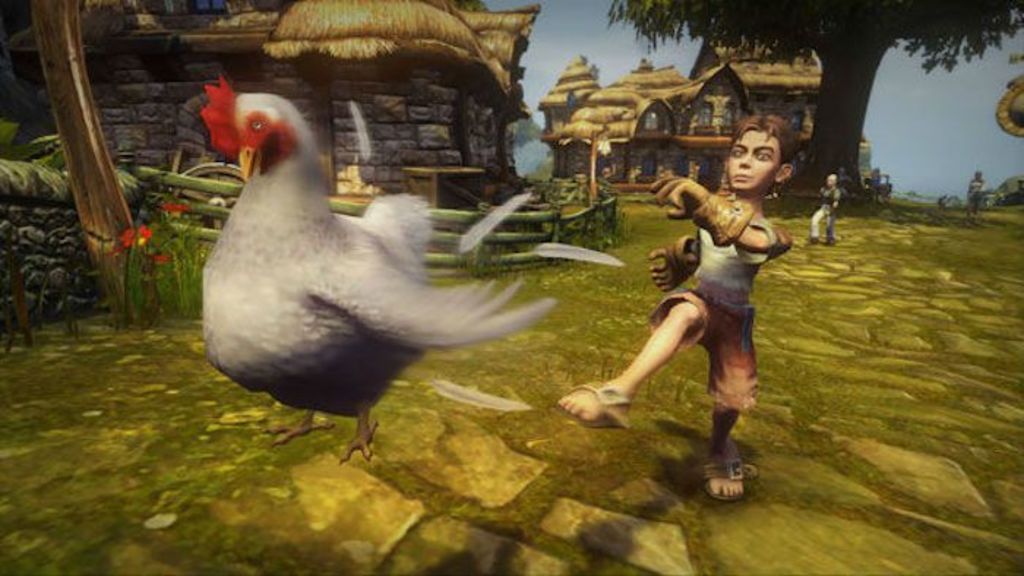
Chickens are utter bastards in Assassin’s Creed Odyssey. They’ll attack your character without warning or cause, often in broods of three or more, breaking your cover at the most inconvenient times and even killing players too flabbergasted to respond quickly enough.
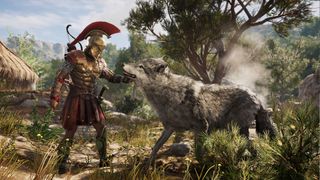
The best games of 2018 (so far)
They’re such effective scrappers, in fact, that some of the game’s Mercenary bosses will even adopt them as bestiary pets, often setting dozens upon you like a pack of savage dogs during combat. It’s led a lot of players to question what was going on at Ubisoft when the studio was coding the AI behavioural traits of its avian foes, but Odyssey is merely the latest in a long line of games to feature such foul-minded fowls.
Think back to Legend of Zelda: Breath of the Wild, where flocks of Cuccos descend from the sky like missiles upon anyone who causes harm to one of their kin, or Elder Scrolls Skyrim, in which the entire population of Tamriel would collectively batter you if you so much as looked at a single hen in the wrong way. The farm birds have always been a nuisance in video games, then, but where does this strange tradition come from?
It’s a question that has confounded scientists, historians, and academics for decades, with extensive research devoted to solving the poultry paradox. While their findings still remain up for debate, recent studies have indeed coughed up a strong scientific and anthropological basis for explaining our troubled relationship with chickens in video games.
So I found out the hard way that the chickens in Assassin’s Creed Odyssey attack you just like cuccos from Zelda... pic.twitter.com/nEziFIdJfwOctober 3, 2018
In 2015, Dr. Catherine Flick and Dr. Tyr Fothergill of De Montfort University in Leicester published a research paper entitled “The Ethics of Human-chicken Relationships in Video Games: The Origins of the Digital Chicken”, in which the two computer scientists outlined their findings from an extensive study examining the role and representation of the bird throughout the history of the medium. You can read the entire document right here, but the TLDR conclusion is that player’s relationships with chickens has never been a particularly healthy one, often going hand in hand with violence, malpractice, and gender discrimination.
A royal fustercluck
“I think it’s mostly because of the traditional social understandings of chickens” says Dr. Flick, when asked about gaming’s conflicted history with the common chook. “They do look hilarious, and they have very funny reactions to things. And they’re the butt of jokes. So of course developers want to reflect that social understanding of chickens in their games. I think you get similar treatments of other domestic animals to a certain extent, e.g. dogs are often portrayed as loyal, goats are pretty funny, and so on. Naturally when you portray things in games you tend to beef up the caricatures a little so that they’re instantly recognisable or emotionally engaging.”
Dr. Fothergill adds that traditional ideas of gender have also negatively influenced our culture’s warped understanding of the chicken, as evidence by their oft exploited status in video games: “Keeping chickens is women’s work, women’s work has been viewed as less necessary or important, and who cares about chickens? Compare this with cattle, for example, which humans also eat and consume various other secondary products from. If you ask a classroom of undergraduate archaeology students to imagine a plot of Iron Age agricultural land, a pair of oxen with a plough and a human, then ask them to tell you what gender the human is, they’ll most often tell you it’s a man or male.”
Sign up to the 12DOVE Newsletter
Weekly digests, tales from the communities you love, and more
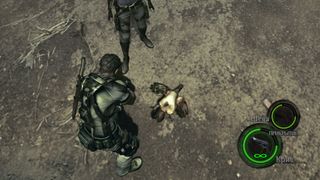
Still, some might wonder whether there’s any real value or significance in a study like this. I mean, an academic paper on the ethics of human-chicken relationships in video games? Seriously? Yes, seriously. Pop culture’s depictions of certain ideas and symbols, like the chicken, can be both a historic reflection and active entrenchment of societal norms, and both Dr. Fothergill and Dr. Flick wanted to explore and challenge those traditional perceptions through their research. Their collaboration, like all good academic ventures, began in earnest following a lively chat in the pub.
“I think that it was correct to ask questions about the origins and nature of the chicken-human co-evolutionary relationship”, says Dr. Fothergill. “It’s the most common bird in the world, it is fundamentally important to us as humans. We should be interested not only in its physical presence, but also what depictions and perceptions of the species across time can tell us about ourselves. An extension into video games was quite natural; Catherine and I were friends before we were research collaborators, both of us have been playing video games for decades, and one night in the pub we decided to look into this from our different disciplinary perspectives and see what we found.”
It’s only been three years since the pair released their report, which is apparently one of their most downloaded papers of all time, but both readily acknowledge that new developments in the games industry have contributed to a richer spectrum for chicken representation in the medium, if not yet an entirely accurate one. Dr. Flick suggests how developers can do better for the bird in future, mainly by doing “a bit of work on understanding how chickens look and behave.”
“We found so many examples of design where [developers] obviously didn’t want to have to create a separate set of graphics for both hens and roosters. Or they called male chickens “she”. Or they had groups of roosters hanging out together. Secondly, perhaps be a little more realistic in the representation of how chickens and humans interact. The surprising nature of the Assassin’s Creed Odyssey chickens and Breath of the Wild cuccos (i.e. having them fight you back rather than just being objects of destruction) is a good way to engage the players in thinking critically about their relationship with chickens.”
“Perhaps some games in modern/futuristic settings could have players critically look at factory farming and the treatment of chickens and other animals too. Healthy presentation of chickens is about getting people to critically consider their relationships with real chickens, and not just see them as shrink-wrapped food in a supermarket, especially if they don’t get to interact with real chickens very often.”
A chicken and egg scenario
As players, meanwhile, Dr. Fothergill suggests we have a responsibility to bring our expectations of chickens in video games more in line with contemporary understandings of the real animal they’re mimicking, most notably when it comes to the aggression displayed by those in Assassin’s Creed Odyssey’s and Breath of the Wild.
“In terms of behaviour, violence is (unexpectedly to those who have not spent time with them) perfectly normal amongst chickens, especially males, who can be very territorial. There is therefore a rather satisfying irony in the fact that people are surprised when chickens attack, explode, etc., when it’s really not far off how they might choose to behave. What we should be asking is how we got here: why do we expect chickens and other nonhuman animals to be passive, to not have agency, to be only one sex (usually male), and therefore show them in this way in video games?”
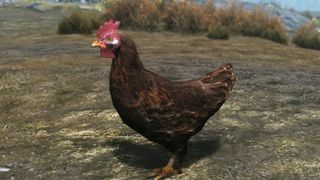
If Assassin’s Creed Odyssey has reignited the discourse around the nature of digital cocks and hens, a return to Flick and Fothergill’s paper could help us end the public discussion in a healthier place. In an age where the games industry is tackling issues of worker exploitation, gambling laws, and sexist corporate culture, the topic of fictional chickens can seem somewhat trivial and silly, but that’s kind of the problem.
Why do we expect chickens to be passive, to not have agency, to be only one sex (usually male), and therefore show them in this way in games?
Dr. Tyr Fothergill
By laughing off its significance, we’re ignoring a culture of human-nonhuman relationships that, as the world’s climate continues to intensify, is only going to become a more crucial focal point for humanity in the 21st century. Games have an opportunity to sharpen and edify its players’ worldviews, and while they’ve still got a long way to go in this sense, turning chickens from playthings into living things is a very simple and easy step towards creating a more sophisticated medium.
If Odyssey's chickens are still causing you trouble, find out which other AC titles might be worth your time with our ranking of the best Assassin's Creed games so far.
I'm GamesRadar's Features Writer, which makes me responsible for gracing the internet with as many of my words as possible, including reviews, previews, interviews, and more. Lucky internet!

